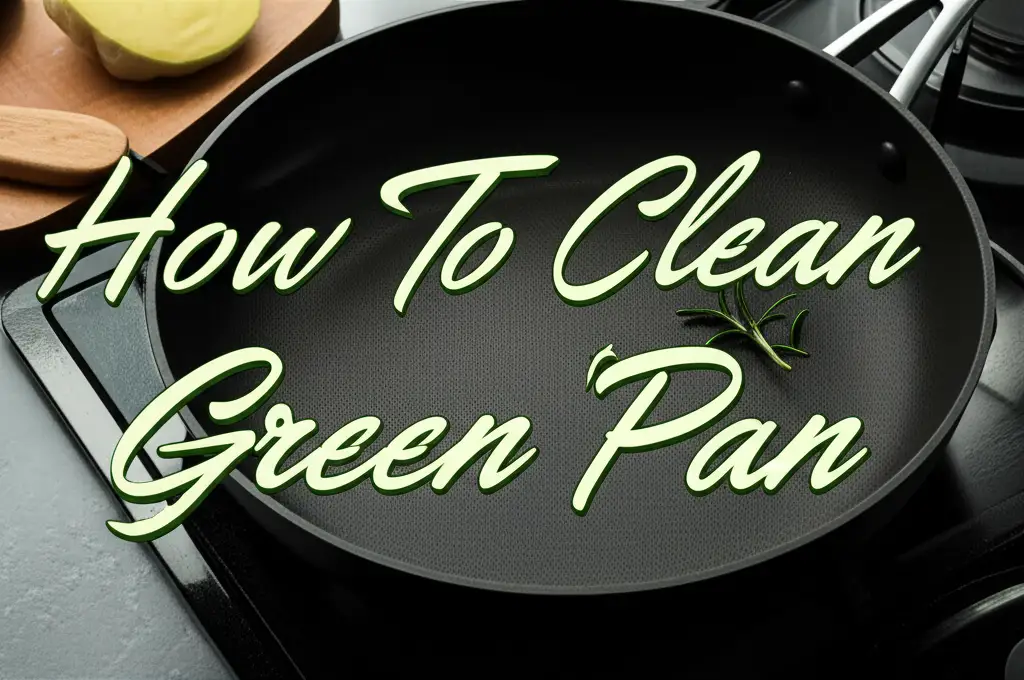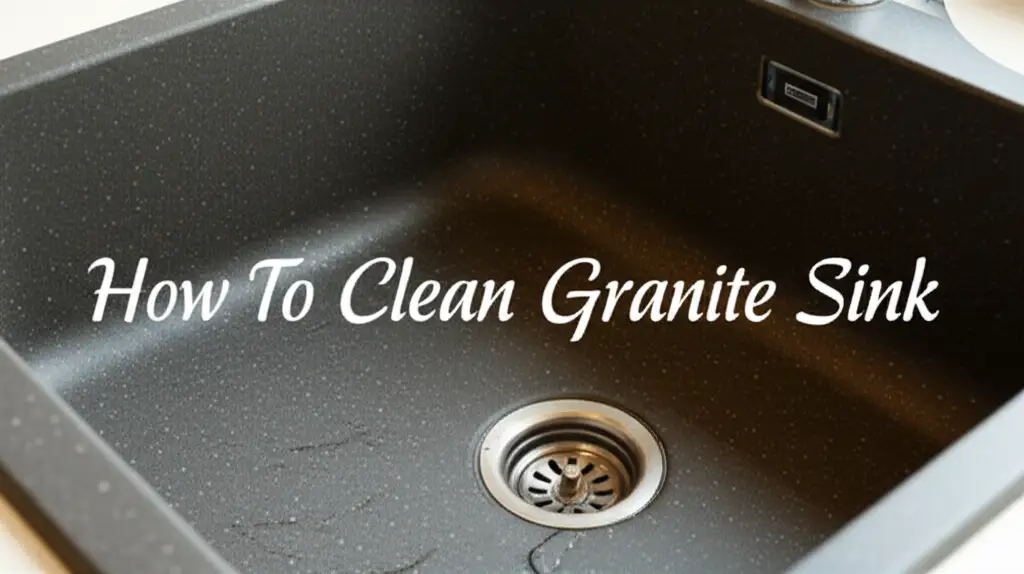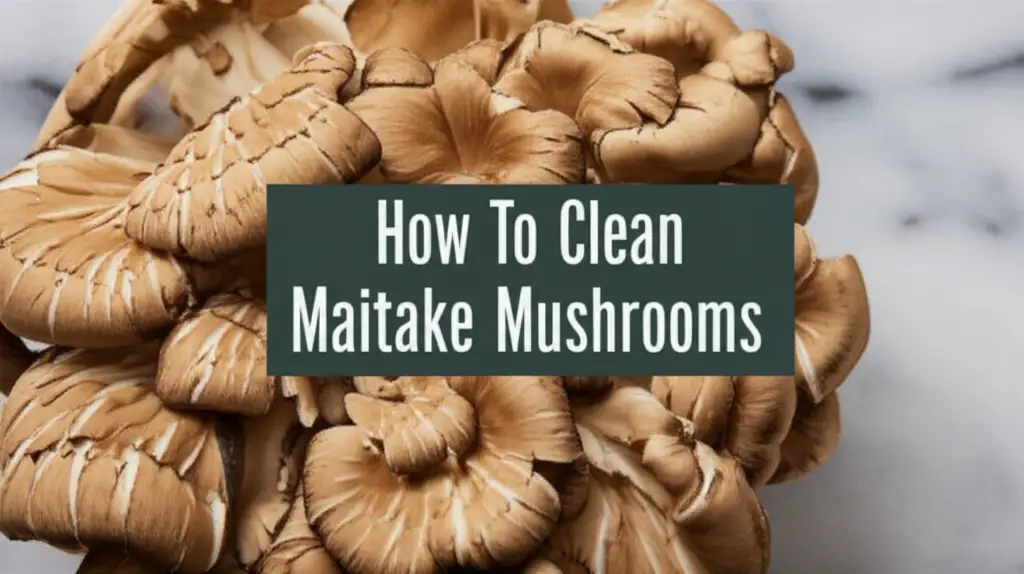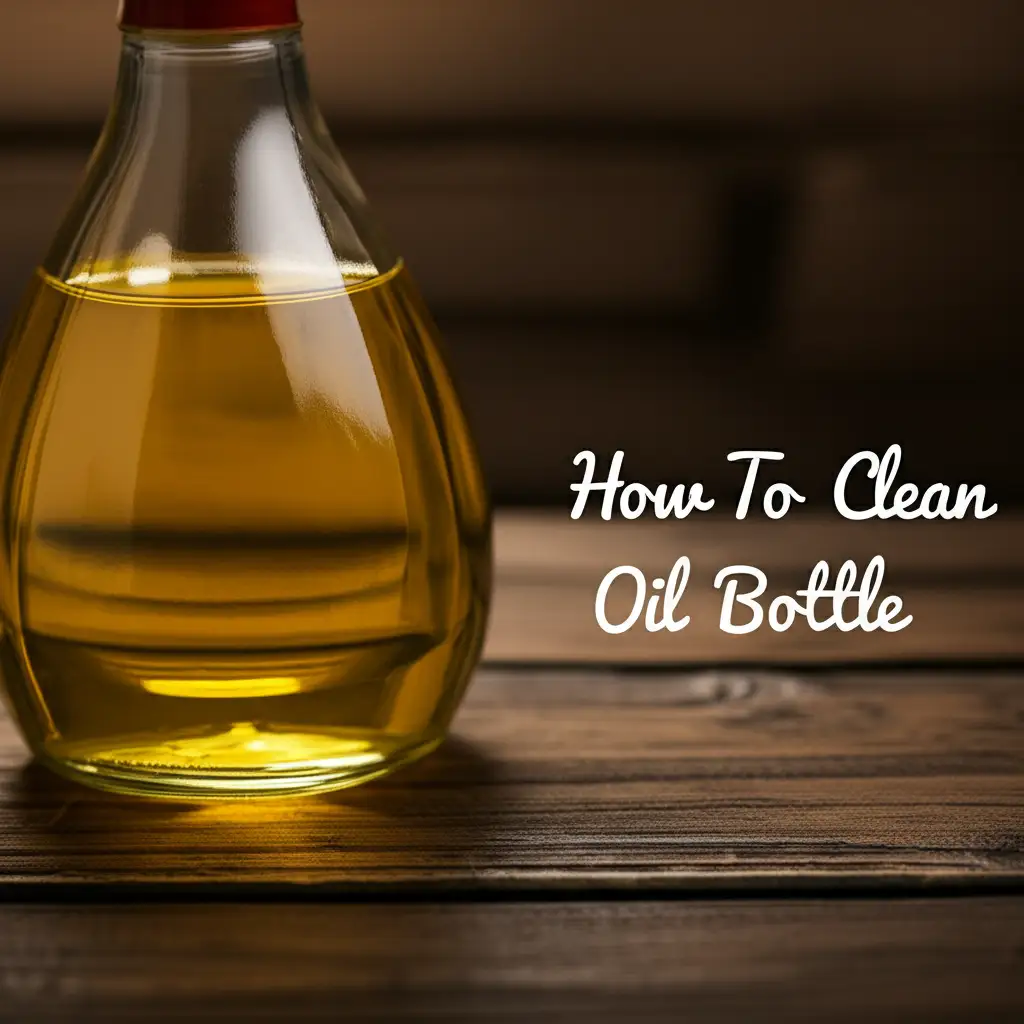· Kitchen Cleaning · 13 min read
How To Clean Paella Pan
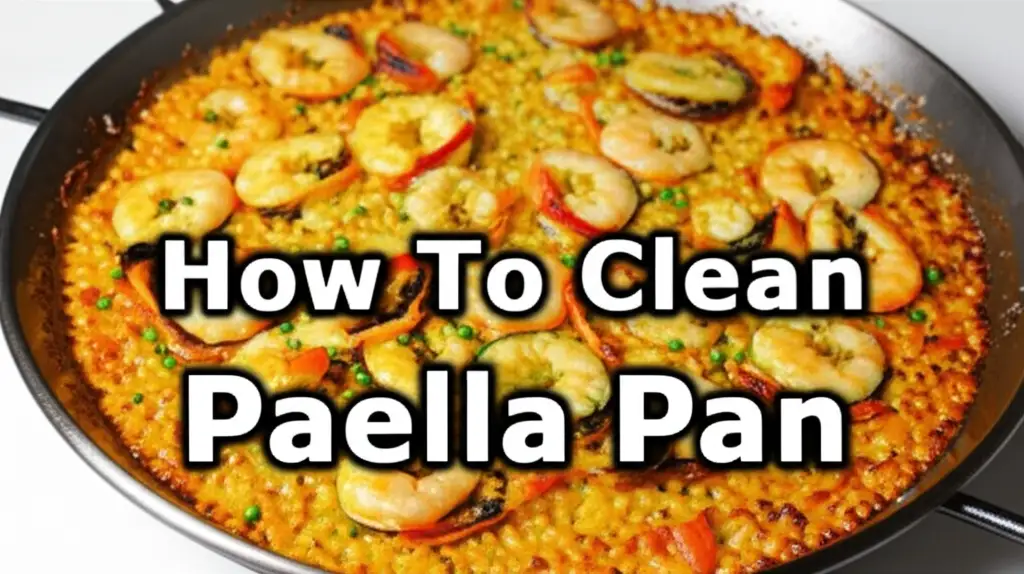
Mastering Paella Pan Cleaning: Tips for Longevity
Making paella is a wonderful experience. The rich flavors and the crispy bottom, called socarrat, make it special. But after the meal, a common question comes up: how to clean paella pan effectively? Proper cleaning is not just about hygiene. It is about keeping your pan in top condition. This ensures it performs well for many years to come.
A well-maintained paella pan creates better meals. It also prevents problems like rust or food sticking. This guide will walk you through everything you need to know. We will discuss different pan materials. We will cover basic cleaning methods. You will learn how to handle tough stains and rust. We will also share tips for proper storage. By the end, you will feel confident cleaning your paella pan. Get ready to enjoy countless delicious paella dishes.
Takeaway:
- Always clean your paella pan immediately after use.
- Different pan materials like carbon steel, stainless steel, and enameled steel need specific care.
- Seasoning is crucial for carbon steel pans to prevent rust and sticking.
- Stubborn food and rust need special treatment, often involving soaking or gentle scrubbing.
- Thorough drying and proper storage extend your paella pan’s life significantly.
To clean your paella pan, remove food, soak briefly if necessary, and wash with hot water and mild soap. For carbon steel or cast iron, dry completely and apply a thin layer of oil to maintain seasoning and prevent rust.
Understanding Your Paella Pan Material: Carbon Steel, Stainless, and Enameled
Before you clean, know your paella pan material. Most paella pans are carbon steel. Some are stainless steel or enameled steel. Each material has specific cleaning needs. Using the wrong method can harm your pan.
Carbon steel pans are popular for traditional paella. They are lightweight and heat up quickly. These pans need seasoning. Seasoning is a baked-on layer of oil. It creates a natural non-stick surface. It also protects the pan from rust. When cleaning carbon steel, you want to preserve this seasoning. Avoid harsh soaps or abrasive scrubbers. These can strip the seasoning. Water and a soft sponge are often enough.
Stainless steel paella pans are easier to maintain. They do not rust easily. They do not need seasoning. You can use dish soap and scrubbers on them. Stainless steel pans are durable. They tolerate more aggressive cleaning. They are a good choice for people who want less maintenance.
Enameled steel pans have a glass-like coating. This coating protects the steel. It makes the pan easy to clean. Food does not stick to enamel like it does to bare steel. You can use soap and water with ease. Avoid metal utensils or harsh abrasive pads. These can scratch or chip the enamel. Knowing your pan material helps you choose the right cleaning approach.
Basic Steps to Clean Your Paella Pan After Each Use
Cleaning your paella pan immediately after cooking is important. This prevents food from drying and sticking. It makes the cleaning process much easier. Start by removing any large food pieces. Use a rubber or wooden spatula for this. Do not use metal spatulas on non-enameled pans. Metal can scratch the surface.
Next, fill the pan with hot water. Let it soak for a few minutes. This softens any stuck-on food. For carbon steel or traditional pans, do not let it soak for too long. Too much soaking can encourage rust. A short soak, about 5-10 minutes, is usually enough. For very stubborn bits, you might gently scrape them. Sometimes a plastic scraper is helpful here.
After soaking, pour out the water. Wash the pan using a soft sponge or cloth. Use a small amount of mild dish soap for stainless steel or enameled pans. For carbon steel, try to use only hot water. If you must use soap on carbon steel, use a very small amount. Rinse the pan thoroughly with hot water. Make sure no soap residue remains. You can also clean the underside of the pan. Sometimes, spills or burnt-on food can accumulate on the bottom. Cleaning the bottom keeps your pan looking good and heating evenly. Learn more about how to clean the bottom of your pan for overall maintenance. Keeping the bottom of your pan clean is simple.
Tackling Stubborn Food: Deep Cleaning Burnt Paella Residue
Sometimes, paella creates a stubborn layer of burnt food. This happens often with the “socarrat,” the crispy rice bottom. While delicious, it can stick firmly. Do not despair. You can clean these tough spots. First, try filling the pan with hot water. Add a tablespoon of dish soap. Bring the water to a gentle simmer on the stove. Let it simmer for 10-15 minutes. This helps loosen burnt food.
After simmering, let the water cool down. Then, try scraping the residue with a wooden spoon or plastic spatula. The softened bits should come off more easily. For particularly stubborn burnt areas, you can use baking soda. Sprinkle a generous amount of baking soda over the burnt spots. Add a little water to make a thick paste. Let this paste sit on the burnt area for several hours, or even overnight. Baking soda is a gentle abrasive. It helps lift burnt-on food without damaging the pan surface.
For carbon steel pans, avoid harsh abrasives. Steel wool can strip the seasoning. Instead, use a non-scratch scrub pad or a stiff nylon brush. If you have a stainless steel pan, you can be a bit more aggressive. You can use a stronger scrub pad. For really tough burnt oil on stainless steel, try a paste of baking soda and vinegar. It often works wonders. Learn how to handle burnt sugar from a pan for similar sticky challenges. Sometimes, the problem is not just inside but also on the outside of your pan. You can find more tips on how to clean burnt pan bottoms if you need extra help for those external stains. If you face burnt oil on stainless steel, specialized cleaning is needed.
Essential Care for Carbon Steel Paella Pans: Seasoning and Protection
Carbon steel paella pans are fantastic. They offer even heating and natural non-stick qualities. But they need special care: seasoning. Seasoning is a layer of polymerized oil. It bonds to the metal surface. This layer prevents food from sticking. It also protects the pan from rust. Over time, seasoning builds up. This makes your pan better with each use.
To season your carbon steel paella pan, first clean it thoroughly. Make sure it is completely dry. Then, apply a very thin layer of high smoke point oil. Good choices include grapeseed oil, flaxseed oil, or vegetable oil. Wipe off any excess oil with a paper towel. The pan should look almost dry. Too much oil creates a sticky, gummy layer.
Next, heat the pan. You can do this on your stovetop or in the oven. If using the stovetop, heat it over medium-high heat until it starts to smoke. Let it smoke for a few minutes, then turn off the heat. If using the oven, preheat to 400-450°F (200-230°C). Place the pan upside down in the oven. Bake for one hour. Let it cool completely in the oven. Repeat this process several times for a strong initial seasoning. After each wash, if you notice the pan looks dull or food starts to stick, re-season it. This simple step keeps your carbon steel paella pan in excellent condition. Understanding how to clean a carbon steel pan fully will help maintain its seasoning.
Removing Rust and Restoring Your Paella Pan’s Shine
Rust is the biggest enemy of carbon steel paella pans. It forms when moisture stays on the pan surface. If you see rust, do not worry. You can remove it. For light rust spots, simply scrub with a paste of baking soda and water. Use a non-abrasive sponge or cloth. The baking soda provides a gentle abrasive action. It helps lift the rust without scratching the pan.
For more significant rust, you might need a stronger approach. You can use a coarse salt and a cut potato. Dip the cut potato into the salt. Then, rub it over the rusted areas. The oxalic acid in the potato combined with the salt’s abrasion helps break down the rust. Another method involves vinegar. Mix equal parts white vinegar and water. Soak a cloth in this solution. Place the cloth directly over the rusted spot. Let it sit for an hour or two. The acid in the vinegar dissolves the rust. After any rust removal method, wash the pan thoroughly. Rinse all residue away.
After removing rust, it is critical to re-season the pan. The rust removal process strips away any existing seasoning. A fresh layer of seasoning protects the bare metal. It prevents new rust from forming. Always dry your pan immediately and completely after cleaning. This is the best way to prevent rust in the first place. Proper drying and seasoning are your pan’s best defense. This is especially true for delicate materials like copper, where rust (or patina) can form, so understanding how to clean burnt copper pans can also provide transferable insights into metal care.
Proper Drying and Storage: Preventing Damage and Rust on Paella Pans
After cleaning your paella pan, drying it thoroughly is the most important step. Any moisture left on carbon steel or cast iron can lead to rust. Do not air dry your paella pan. Water spots can form. These spots are often the start of rust. Instead, immediately dry the pan with a clean towel. A microfiber towel works well because it absorbs moisture effectively.
For an extra layer of protection, especially for carbon steel pans, heat the pan on the stove after drying. Turn the burner to low. Let the pan heat for a few minutes. This evaporates any remaining moisture. You will see steam rising. Once the pan is dry and slightly warm, apply a thin layer of cooking oil. Use a paper towel to wipe oil all over the pan. Include the handles and the underside. This light oil layer protects the seasoning. It creates a barrier against humidity.
Store your paella pan in a dry place. Hang it on a wall rack if possible. This allows air circulation. If you stack it with other cookware, place a paper towel between the pans. This absorbs any residual moisture. It also prevents scratches. Proper storage keeps your paella pan ready for its next use. It ensures its longevity and beautiful appearance. Following these drying and storage steps saves you from future rust problems.
Common Mistakes to Avoid When Cleaning Your Paella Pan
Cleaning your paella pan seems simple. But some common mistakes can damage it. Knowing what to avoid saves you time and keeps your pan in good shape. One big mistake is using the dishwasher. Traditional carbon steel paella pans are never dishwasher safe. The harsh detergents and long wash cycles strip seasoning. They cause immediate rust. Always hand wash these pans. Even for stainless steel paella pans, hand washing is gentler. It helps preserve their finish over time.
Another mistake is using abrasive cleaning tools. Steel wool pads or harsh scouring powders can scratch pan surfaces. For carbon steel, they remove the vital seasoning layer. For enameled pans, they can chip the enamel. For stainless steel, they create tiny scratches. These scratches can trap food bits. Stick to soft sponges, nylon brushes, or designated non-scratch scrubbers. Natural abrasives like salt or baking soda are better for stubborn spots.
Leaving water in the pan or not drying it completely is a major error. We discussed this earlier. Even a small amount of standing water can cause rust on carbon steel pans. Always dry it immediately. Then, apply a thin layer of oil if it is carbon steel. Also, do not let food dry and harden in the pan. This makes cleaning much harder. It increases the need for aggressive scrubbing. Prompt cleaning is always the best approach. Avoid these errors. Your paella pan will stay beautiful and functional.
Frequently Asked Questions About Cleaning Paella Pans
Can I use dish soap on my paella pan?
You can use mild dish soap on stainless steel and enameled paella pans. For carbon steel paella pans, it is best to avoid soap most of the time. Soap can strip the seasoning layer that protects carbon steel. If you must use soap on carbon steel, use a very small amount and re-season afterward.
How do I prevent rust on my paella pan?
Preventing rust on carbon steel paella pans is crucial. Always dry your pan immediately and completely after washing. You can even place it on low heat to ensure all moisture evaporates. After drying, apply a very thin layer of cooking oil to the entire pan, including handles, to protect the surface and maintain seasoning.
What is ‘socarrat’ and how does it affect cleaning?
‘Socarrat’ is the delicious crispy, caramelized rice layer that forms at the bottom of a paella. While tasty, it can stick firmly to the pan. To clean ‘socarrat’, soak the pan in hot water for a few minutes to soften it. Then, use a wooden or plastic spatula to gently scrape the loosened bits without damaging the pan surface.
Can I put my paella pan in the dishwasher?
No, you should never put a traditional carbon steel paella pan in the dishwasher. The harsh detergents and high heat will strip its seasoning and cause rust immediately. Even for stainless steel or enameled pans, hand washing is generally recommended to preserve their finish and extend their life.
How often should I re-season my paella pan?
You should re-season your carbon steel paella pan as needed. If food starts to stick more often, or if the pan looks dull and dry, it is time to re-season. Generally, a good seasoning lasts through many uses, but occasional touch-ups ensure the pan remains non-stick and protected from rust.
Conclusion
Cleaning your paella pan is a simple task that ensures its long life. We have explored the different materials and their unique needs. You now know the basic cleaning steps for everyday use. You can tackle stubborn burnt food. You understand the importance of seasoning for carbon steel pans. Rust removal and prevention are also clear. Proper drying and storage protect your investment.
Remember, a little care goes a long way. Always clean your paella pan promptly. Use the right tools and methods for its specific material. Avoid common mistakes like using the dishwasher. By following these guidelines, you will keep your paella pan performing beautifully. You will create delicious meals for years to come. For more expert cleaning advice, visit BeaCleaner. We offer many solutions for a clean home and kitchen. Enjoy your next paella feast!
- paella pan care
- carbon steel cleaning
- pan maintenance

